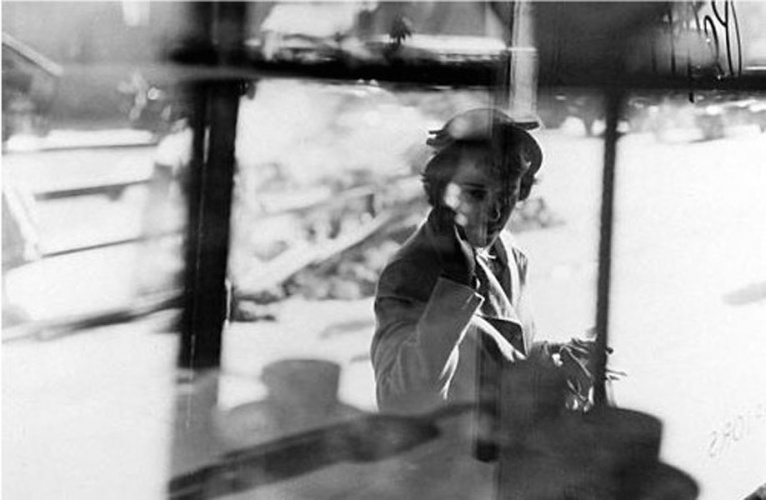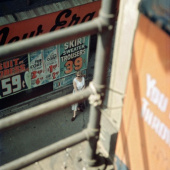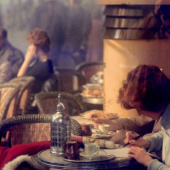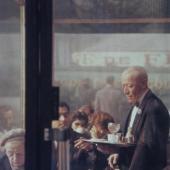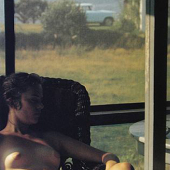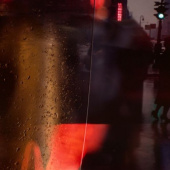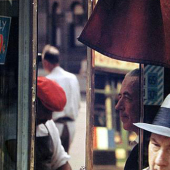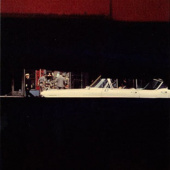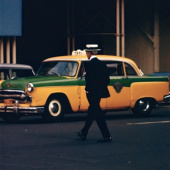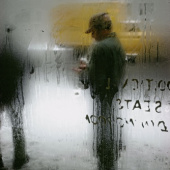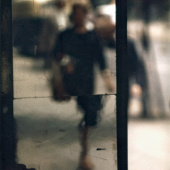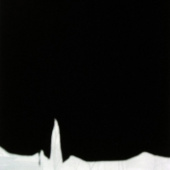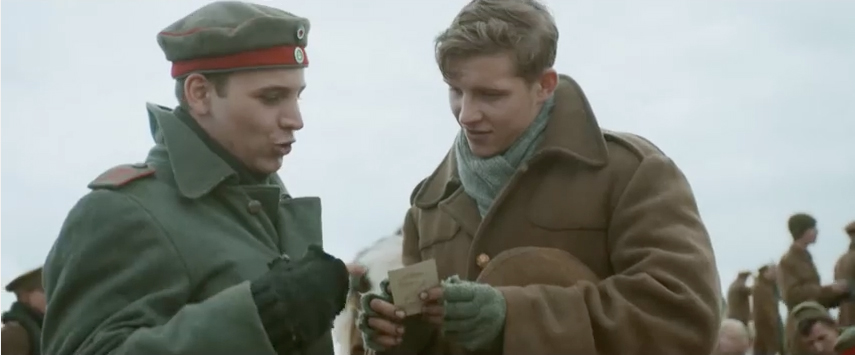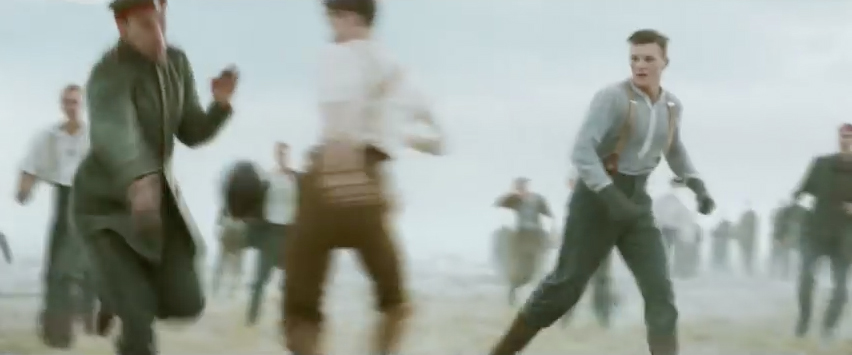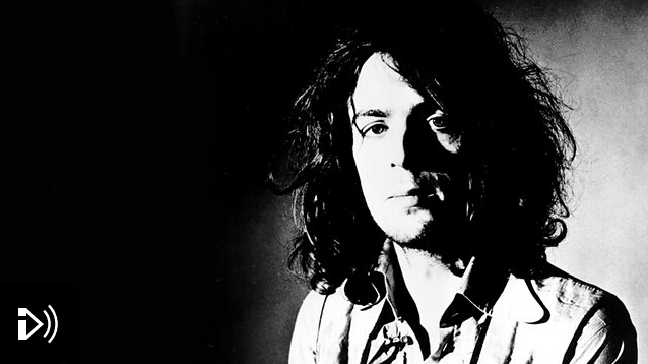I’ve just watched Circo, a brilliant documentary about a small and struggling family circus in Mexico (trailer above). Directed, produced and beautifully photographed by Aaron Schock, Circo documents the artistry, endless work and frequent conflicts of the Ponce family as they travel across Mexico with their circus tents, animals and equipment, performing for small audiences in rural towns. Life for the Ponces is hard and financially precarious, and the film clearly admires their stamina and devotion to circus traditions.
Circo had a theatrical release in 2011 but was also shown on PBS’s Independent Lens program, which offers this summary:
The Ponce family circus has been living and performing in rural Mexico for seven generations. Its history dates back to the late 19th century, when Genaro Ponce founded the Circo Ponce Hermanos. Today, the circus members are still carrying on their ancestors’ traditions. But their performing days may be numbered.
Tino, the ringmaster, has long been driven by his dream to lead his parents’ circus to success. He urges everyone in the family, including his four young children, to help meet this goal. But Tino’s wife Ivonne is determined to make a change. Feeling exploited by her in-laws, she regrets that her children have spent their childhoods laboring in the circus. Can Tino choose between his circus dreams and a wife who wants a better life for their children?
Filmed along the back roads of Mexico, Circo is an intimate portrait of a family trying to stay together despite mounting debt, dwindling audiences, and simmering conflict. With a marriage in trouble and a century-old tradition hanging in the balance, the Ponce family circus struggles to make a living off its artistry, sweat, and wit.
The story of the family and the history of their circus is told through the lives living it, in voiceover and in candid conversations between family members. The Ponce family’s commitment to the circus is a commitment of the heart, as Tino narrates:
A circus moves really fast. So it comes to these towns and it’s there just a day. The most is two days and then you move on. . . The circus forever. Through the good and the bad. Always the circus.
In one scene, the camera follows Tino’s father closely as he drives through a town, giving away a few free tickets to children, who clamor for them at his car door. He knows his audience. “Without children,” he says, “there is no circus.”
Tino’s brother Tacho leaves the circus for love at one point, but he returns six months later, unable to adjust to the rhythms and ways of life outside the circus tent. His new wife comes with him, although she regrets and possibly resents having to leave her work and family. Tacho explains why he had to return:
My hands, my hands — they are only good for putting up and taking down the circus. Not to work for other people.
The circus, Tino says, is both tough and beautiful. But his wife Ivonne desperately wants a different life:
With Tino I fight a lot about this. . . .You have kids to give them everything, not for them to give everything to you. And they give us too much. Because they work a lot. Too much.
And she’s absolutely right, of course. The children work incredibly hard and have little or no time for a formal education, although they are all gifted artists and performers in their own right. A decision to leave is made during the film, but we learn in an update that it was remade after the film ended. You can view an update on the Ponce family and a clip of Aaron Schock talking about the film on the PBS Independent Lens website.
The Tuscon-based band Calexico wrote the film’s subtle and superb soundtrack. Band members Joey Burns and John Convertino discuss the process of making music for Circo.





